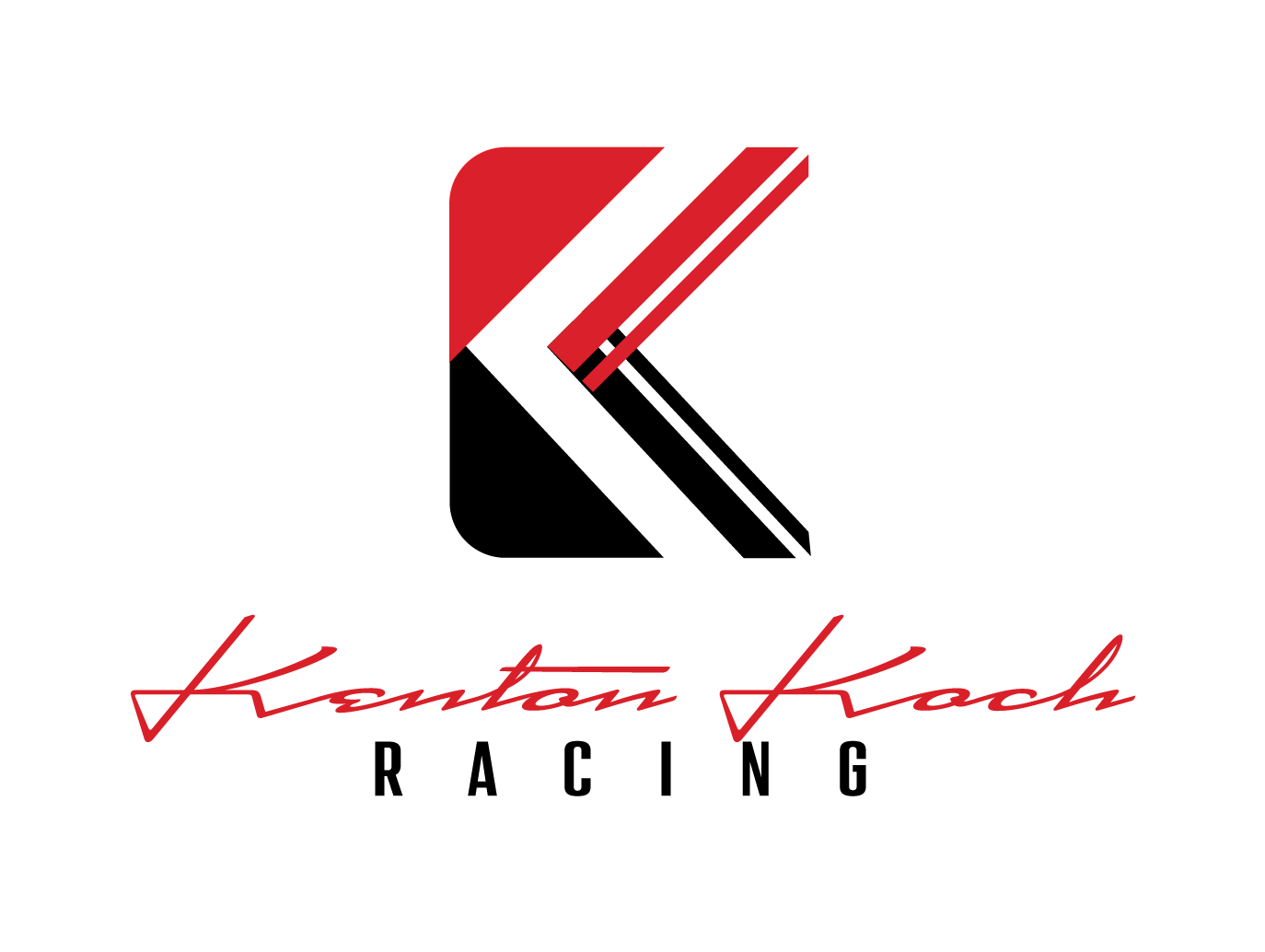Lessons Learned: Germany FIA Academy Workshop

This year I was selected to represent the US in this year’s FIA Institute Young Driver Excellence Academy. This Academy is amazing as it goes in depth and teaches the driver everything there is to know about how to be a well rounded driver. The program consists of discussions, seminars, physical training, and driving. My initial thoughts coming into the Academy had me thinking this was going to be just like the other programs I’ve been involved with, but I kept an open mind and I was blown away by the end of the week. Sadly, I was unable to attend the first two workshops (there are five), but I was able to get caught up on those two I missed during the most recent workshop in Germany. I learned a ton about myself during this week and was able to capitalize on what I learned.
During the makeup workshops we went over a couple of very interesting things about physical fitness as well as personalities and how to interact with others more efficiently. We started off with reviewing a personality test called Insight Discovery which I took back in November. I have to tell you, the results were quite surprising and very true. I never believed in these types of tests, but this one has me convinced. It described the type of person I am and compared how I prefer to act to my subconscious self. There are four colors of personality profile, each with their own distinct traits: blue, green, yellow, and red. Blue: cautious, deliberate, precise, questioning, formal. Green: caring, patient, encouraging, sharing, relaxed. Yellow: joking, fun, sociable, enthusiastic. Red: competitive, demanding, determined, strong-willed. So blue and green are more introverted whereas yellow and red are extroverted colors. The test accurately showed that I am predominantly blue and green and have some yellow in me as well. This is useful knowledge because not all colors get along with others so easily, let’s say a driver (who is yellow) is working with an engineer (who is very blue) on a race team. The engineer would just go straight to the data to sort things out as his language won’t really mesh with the driver. If the driver would say anything, the engineer wouldn’t really understand it, as the way he thinks is in squiggly data lines and not how things physically feel in the car. If a driver understands this, he can try and understand the engineer’s language in order to get a message across clearly. This example is meant to give you a rough idea to understand how the colors work. The more you know about yourself and how the colors work, the easier it is for you to judge someone else’s color, allowing you to understand how they interact and change the way you act to mesh with their colors and communicate more effectively with them. It is very helpful to be a flexible and vigilant person so you can make the most of your networking opportunities as well as daily interactions with others.
We also did a bit of driving on skid pads in a few different types of cars, FWD and RWD of various makes. We discussed friction circles and slip angles in the classrooms prior to driving to further understand those as we did our exercises on the track. Since things happen so slowly on a skid pad, it gives you time to think about what is going on and understand it. This allows us to then apply that knowledge in the real world and further diagnose a car/driver problem more quickly. I already had an understanding of these concepts, but it was beneficial to review beforehand and then apply them in a way that enhanced my understanding. The technical ability of the judges really got us little whipper-snappers thinking about how a tire is actually working and how we can get the most out of it with our inputs. The exercises were meant to show how easy it is to exceed a tires friction circle when two inputs are combined (steering and braking, or throttle). The skid pad gave us practically an eternity to diagnose was going wrong in the car and act on it. With slip angle, we were thrown on a skid pad once again and told to go as fast as possible around it while holding a slide. Basically, the more sideways you were the slower you were. So sliding the car the least amount possible was the fastest way. First is the difference between the radius of the corner and the angle of which the tire is actually going around the corner. The car is always sliding as it goes around a corner, but in various amounts as different tires allow for more or less slip angle. Getting to the max slip angle a tire can handle, which is typically around 4-8 degrees means you are utilizing the tire to the best of its abilities. The exercise showed us that the closer we got the slip angle of the tire the faster we would go. We were always exceeding it, but who could exceed it the least won.
This was an awesome experience and I can’t wait for these next two workshops in Austria and France where will be going over road safety and advanced driving techniques.

